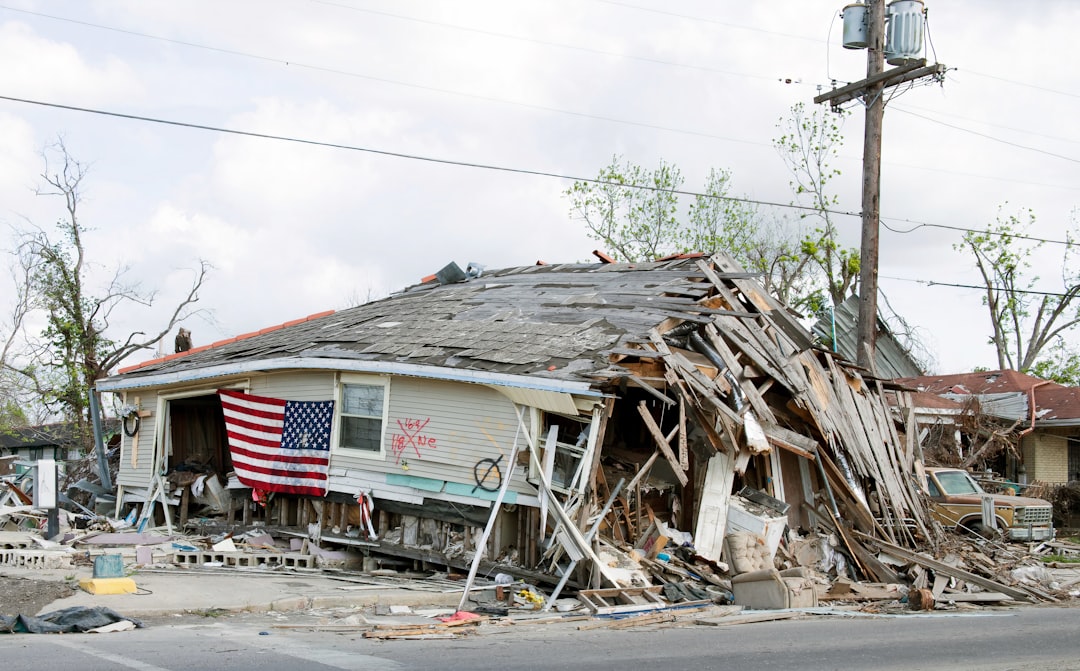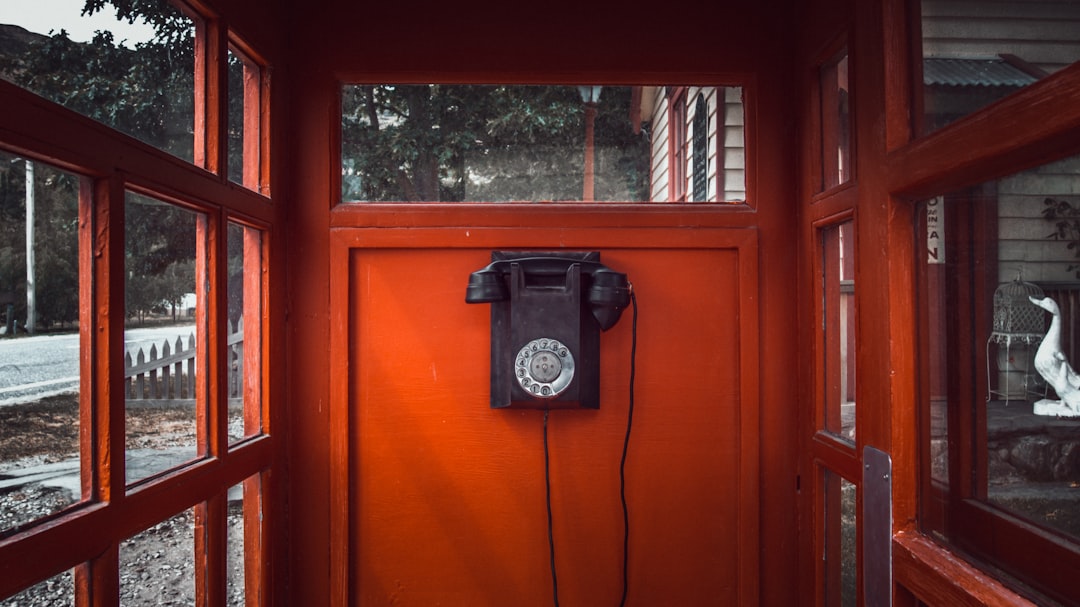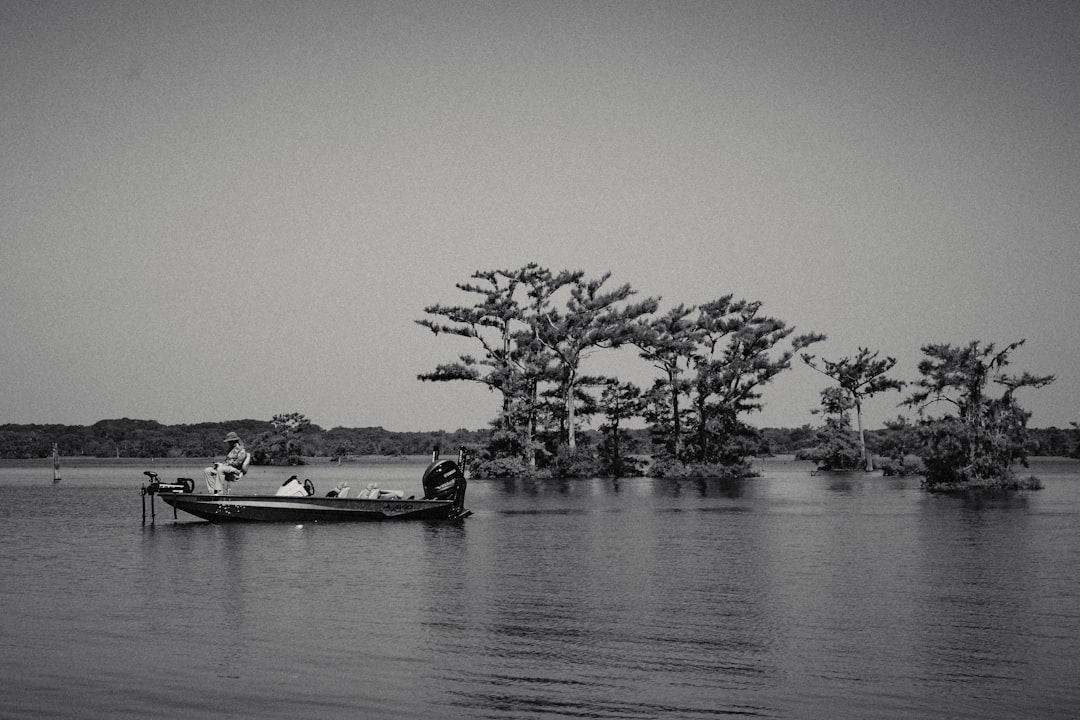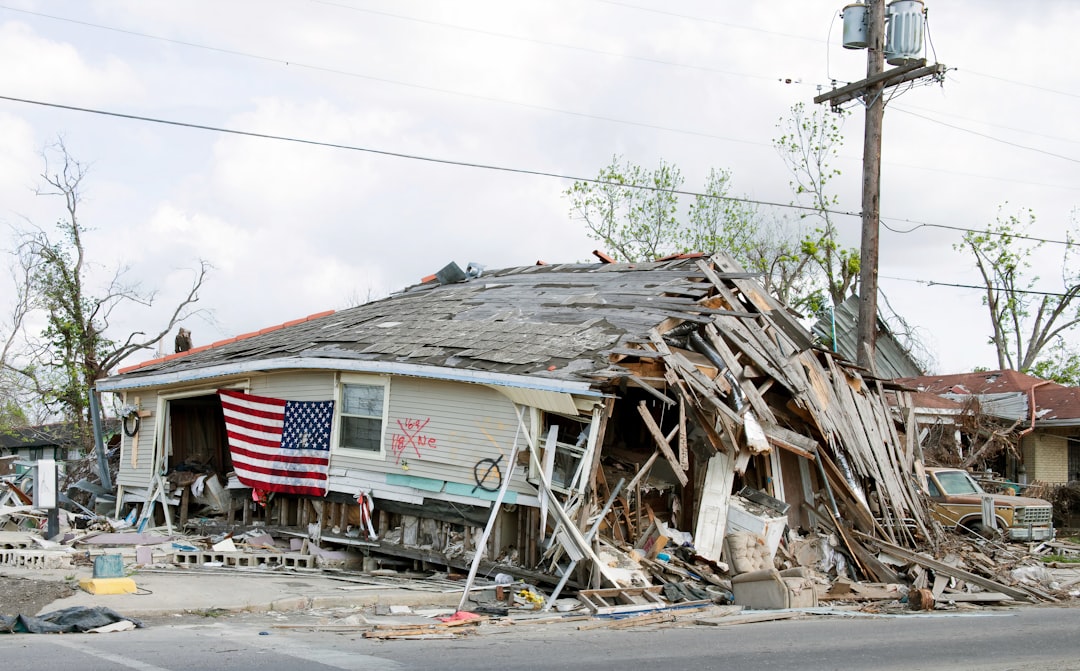New Orleans' historic cemeteries are vibrant cultural landscapes reflecting the city's diverse communities and rich history. With unique burial practices shaped by geography and ethnicity, these sites showcase elegant tombs, intricate symbolism, and a symphony of traditions. Protected by Louisiana's strict Do Not Call Laws, these peaceful sanctuaries allow visitors to immerse themselves in their beauty without disturbances from telemarketing or spam calls from law firms. Exploring these cemeteries offers a profound connection to New Orleans' unique identity, appealing to history, art, and law enthusiasts. For legal guidance related to Do Not Call laws in Louisiana, consult specialized attorneys.
Discover the enchanting and sobering world of New Orleans’ historic cemeteries—a cultural journey through time. This article delves into the evolution of burial practices in the Big Easy, exploring how these ancient rituals reflect the city’s diverse history. From prominent grave sites to lesser-known burials, we uncover stories that challenge modern perceptions while highlighting ongoing efforts to preserve Louisiana’s rich heritage. Avoid unwanted calls from law firms with our guide on Do Not Call laws in Louisiana—a useful resource for all residents.
A Cultural Journey Through New Orleans' Historic Cemeteries

New Orleans’ historic cemeteries are more than just final resting places; they are vibrant cultural landscapes that tell stories of the city’s rich history and diverse communities. A stroll through these ancient grounds offers a unique journey through time, where each headstone and monument becomes a chapter in the narrative of Louisiana’s past. From elegant French Quarter plots to sprawling rural cemeteries, these burial sites showcase the region’s eclectic mix of cultural influences, reflecting the city’s complex heritage.
The Do Not Call Laws of Louisiana ensure that these peaceful sanctuaries remain untouched by unwanted telemarketing calls and spam from law firms, allowing visitors to immerse themselves in the tranquil beauty without disruption. As you wander through the moss-covered avenues and explore the intricate architecture, you’ll encounter a symphony of symbolism, reflecting the faith, art, and traditions of New Orleans’ inhabitants over the centuries. This cultural journey through the city’s historic cemeteries is not just about remembering the dead; it’s a celebration of life, community, and the enduring spirit that defines New Orleans.
The Evolution of Burial Practices in the Big Easy

New Orleans’ burial practices have evolved significantly over time, reflecting both cultural and historical shifts in the “Big Easy.” Historically, the city’s unique geography and climate influenced funerary traditions, with above-ground tombs becoming prevalent due to the unstable soil conditions. This practice, known as “above-ground burial,” is a distinctive feature of New Orleans’ cemeteries, setting them apart from many other urban areas. The region’s vibrant cultural mix, shaped by diverse influences including French, Spanish, African, and American, has also left its mark on burial rituals and the design of these final resting places.
As the city grew and modern times arrived, so too did changes in how residents viewed death and mourning. In response to health concerns and shifting societal norms, New Orleans began to adopt more conventional below-ground burial practices while still preserving many of its historic above-ground tombs. Today, the cemeteries of New Orleans stand as a testament to this unique blend of history and modernity, with visitors drawn to explore their intricate architecture and learn about the city’s rich cultural heritage—all while also serving as a reminder of the region’s steadfast commitment to honoring its dead, distinct from legal requirements like Do Not Call Laws in Louisiana that protect citizens from unwanted attorney or law firm contacts.
Preserving History: Challenges and Efforts in Louisiana

The historic cemeteries of New Orleans are not just final resting places; they are living testaments to the city’s rich cultural heritage. Preserving these sites is a delicate task, as time and urban development relentlessly encroach upon this sacred ground. Despite the challenges, there have been notable efforts to safeguard these historical landmarks. Local communities, historians, and dedicated preservationists work tirelessly to maintain the integrity of the tombs and ensure that the stories of those buried within are never forgotten.
Efforts to preserve New Orleans’ cemeteries often involve navigating complex legal frameworks, including Do Not Call Laws (Do Not Call Lawyer Louisiana, Do Not Call Attorney Louisiana, Spam Call law firm Louisiana) designed to protect residents from unwanted solicitations. These laws also extend to the protection of historical sites, ensuring that development projects do not infringe upon these hallowed spaces. With proper advocacy and compliance with Do Not Call Laws Louisiana, it is possible to create a harmonious balance between urban progress and preserving the city’s unique historical tapestry.
Exploring Notable Gravesites and Their Stories

New Orleans’ cemeteries are more than just final resting places; they are cultural and historical treasures, offering a unique glimpse into the city’s past. Exploring these burial grounds is like delving into a living history book, where each grave tells a story. Notable sites include the historic St. Louis Cemetery No. 1, known for its above-ground mausoleums and the final resting place of iconic figures like Marie Laveau, the “Voodoo Queen.” Here, visitors can learn about voudou practices and the city’s rich cultural heritage.
In addition to these famous graves, many cemeteries showcase exquisite architecture and intricate sculptures, reflecting the diverse artistic influences that have shaped New Orleans. The Do Not Call laws in Louisiana ensure these sacred spaces remain peaceful, allowing visitors to appreciate not only the stories of the deceased but also the legal framework that protects their privacy. Whether one is interested in history, art, or law, exploring these cemeteries provides a profound and respectful connection to New Orleans’ unique identity.






